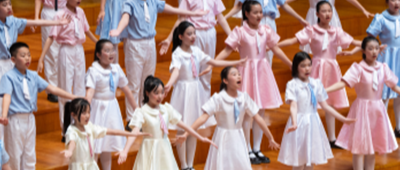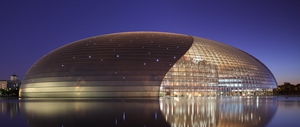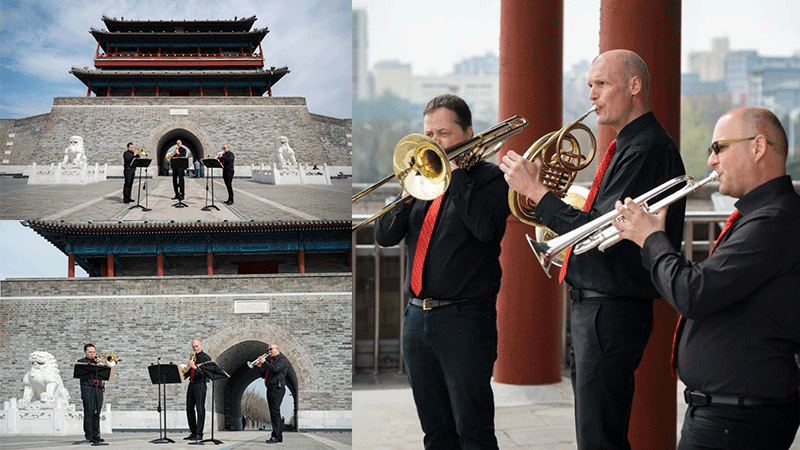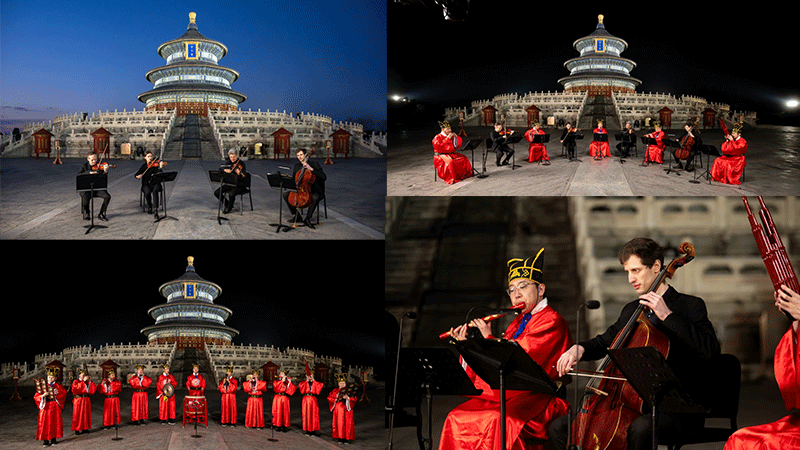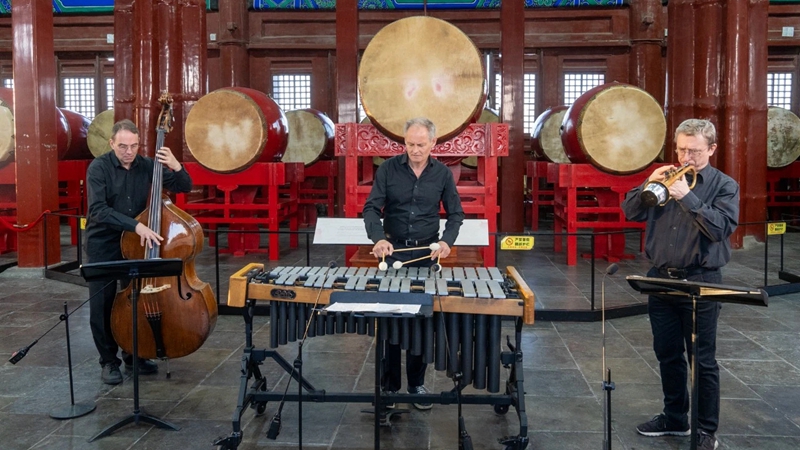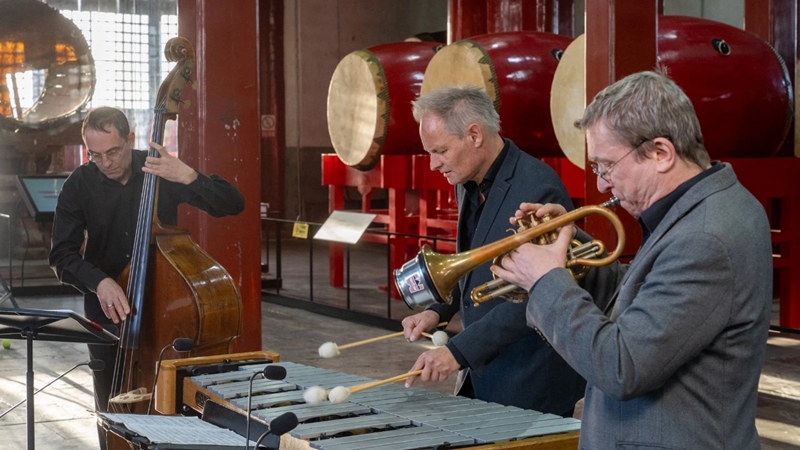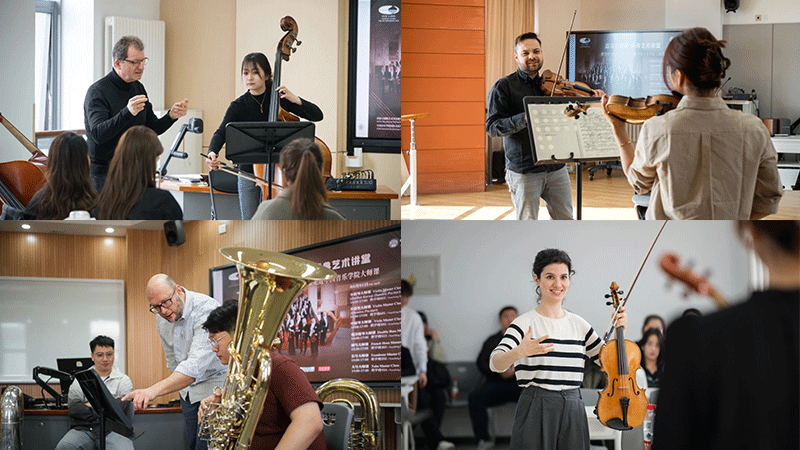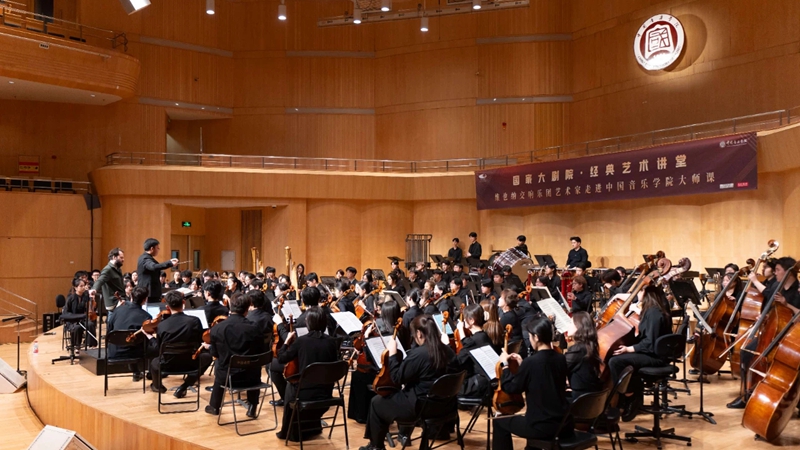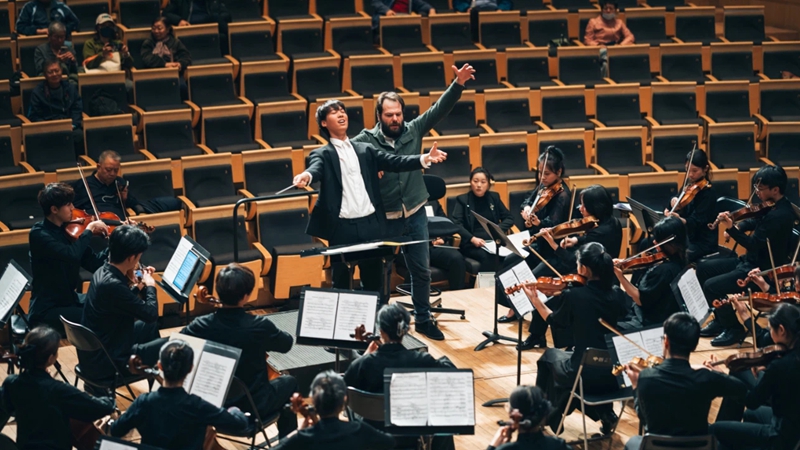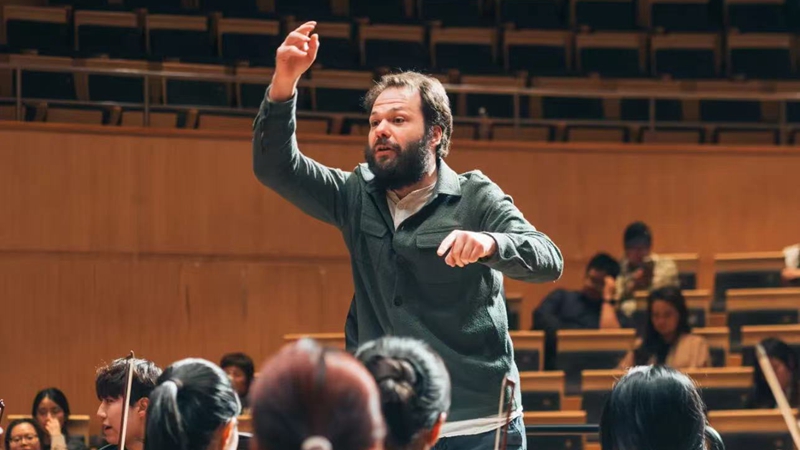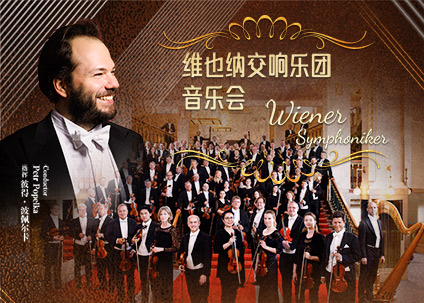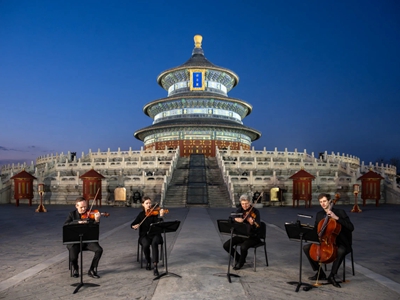When a century-old eminent orchestra, having deep roots in the fertile soil of Viennese music, meets Beijing, an ancient capital in the East that epitomises the profound Chinese civilisation, how will they resonate across time and space with each other in a magic way?
On March 29th and 30th, the Wiener Symphoniker presented two classical and romantic feasts of symphony to the Beijing audience at the Beijing Performing Arts Centre. Having just finished the two concerts, the Wiener Symphoniker went on a two-day tour to the Central Axis of Beijing on March 31st. They carried out a series of activities for cultural exchange, art popularisation and art education at the China Conservatory of Music in addition to holding a masterclass there.
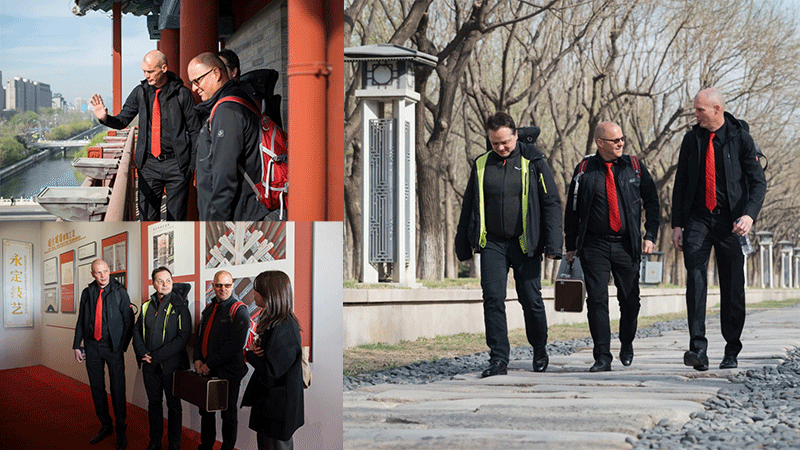
Built in the 13th century, the Central Axis of Beijing, which stretches from the Bell and Drum Towers in the north to Yongding Gate in the south, is the largest and best-preserved axis of an ancient capital in China. Not only being a spatial link to the architectural complex around, the Central Axis is also a spiritual symbol of the everlasting Chinese history and culture. In 2024, it was inscribed on the World Heritage List at the UNESCO 46th World Heritage Convention, proposed as “Beijing Central Axis: A Building Ensemble Exhibiting the Ideal Order of the Chinese Capital”.
At the very moment when the Central Axis had been a world cultural heritage for one year, the Wiener Symphoniker stepped into this “cultural backbone”, which runs through the ancient capital, to measure the venation of the city and deeply feel the unique order and grandeur of Beijing. They performed Western classical music at the Yongding Gate, Temple of Heaven and Bell and Drum Towers, three landmarks along the Central Axis, tearing down the stage boundaries and breaking through the cultural barriers with “walking symphony”, a new form of musical performance. A bridge of friendship has thus been built for mutual exchange and learning.
The sky was clear and bright on the morning of March 31st, larded with white clouds. When the morning sun shone brightly on the magnificent double eave roof of the Yongding Gate Tower, the musicians from the Wiener Symphoniker, dressed in black attires, appeared with their musical instruments, beginning to walk leisurely on the time-honoured royal road. Entering the gate tower, they came to an exhibition hall, where a commentator shared with them the architectural structure and profound history of the Yongding Gate Tower. When they stood on the gate tower, looking at the splendid scenery on the Central Axis, these musicians couldn’t help gasping in admiration and taking photos.
Then on the Yingding Gate Tower and South Plaza, the musicians played Daniel Muck’s Invention No. 7, Thomas M. Hubers’ Trio No. 1 and some other classics. Brilliant tones from Vienna flew out of the dome of the concert hall, reverberating through the vast skies over the ancient capital, compelling the morning exercisers nearby to gather together for a look.
On the evening of March 31st, the musicians arrived at the Temple of Heaven. When there came light from the Hall of Prayer for Good Harvest, they rendered Johann Strauss II’s Frühlingsstimmen Walzer in commemoration of the 200th anniversary of the birth of this musical genius. At the same time, the Office of Divine Music, which represents China’s old-line ceremonial music culture, gave a rendition of Chaotianzi, a piece of elegant and solemn music. After that, the Wiener Symphoniker worked with the Office of Divine Music in playing a Chinese folk tune, Jasmine Flower. Music from different countries blended melodically together, adding radiance to one another, sounding so amazing in perfect harmony as if the Eastern and Western cultures had become one “in spirit” rather than “in form” only.
WANG Zhijie, a xiao artist from the Office of Divine Music, said that
Jasmine Flower has a long history and a far-reaching worldwide influence. For the very reason, they chose to perform it with the Wiener Symphoniker, hoping it would serve as a music-based bridge of communication. He also said that “harmony” is the core idea of “Harmonious Shao Music”, a piece of music on the National Intangible Cultural Heritage List. According to him, music knows no border, so for any culture or element, it can be combined organically with others into the most beautiful and harmonious notes as long as the hearts beat together as one.
On the afternoon of April 1st, the musicians came to the bustling Bell and Drum Tower Square. They ascended to the first floor of the Drum Tower, and in front of a 25-faced drum, used to tell time at night in ancient China, they interpreted Ludwig Gruber’s It Will Be A Glass of Fine Wine and Robert Stolz’s Im Prater blüh’n wieder die Bäume. The music penetrated through the dust of history, contrasting finely with rhythmic drumbeats. The ancient gene of the Oriental civilisation took on a new look in response to the foreign culture.
So excited, a musician from the Wiener Symphoniker shared his feelings with others, saying that China is a place with profound historical traditions, and the audience here is passionate. He has great ardour for ancient architecture and enjoys playing music outdoors because the audience can listen near them.
Finally, the Wiener Symphoniker visited the China Conservatory of Music at the invitation of “Classic Art Classroom”, part of the NCPA’s art popularisation and education platform. The conductor Petr Popelka and principal musicians offered valuable masterclasses to the young students of the Orchestral Instruments Department and Conducting Department.
On the afternoon, the concertmaster, together with string music and brass principals, taught students playing skills and gave them face-to-face interactive guidance in different classrooms. On the night, Petr Popelka conducted the China Youth Philharmonic Orchestra in practising Pictures at an Exhibition at the Concert Hall of the China Conservatory of Music. During nearly six-hour professional exchanges, the Chinese students felt the artistic charisma of these world-class musicians. Meanwhile, the China Conservatory of Music gained precious experience in art-oriented discipline construction. Also, the artists from the Wiener Symphoniker got a deeper understanding of Chinese art education.
“Civilisations become more colourful in communication and they are also enriched by mutual learning”. The music played on the central axis of the ancient capital is a testimony to both disruptive innovation in artistic forms and contemporary practice in mutual learning. When golden notes from Vienna flowed under the Yingding Gate Tower, when beautiful classical melodies collided wonderfully with elegant ancient music played by the Office of Divine Music, and when rousing symphonic music converged with the morning bells and evening drumbeats from the Bell and Drum Towers, there occurred an artistic resonance in spite of linguistic and cultural differences, with glistening ripples on the Danube flowing into the historic Central Axis, fully revealing the charm of Beijing, a global cultural hub, and vividly interpreting the concept of civilisation - “harmony in diversity and cultural sharing”.
As a national performing arts centre, the NCPA is duty-bound to promote inter-civilisational dialogues through art, and feels obligated to build an aesthetic education system for the entire society. In the future, the NCPA will open its mind broader and take advantage of the World Association for Performing Arts (WAPA) to invite more famous Chinese and foreign artists and orchestras for a wider variety of international cultural exchanges and art popularisation & education activities. By “bringing in” and “going global”, the NCPA will give more people access to world-class artworks, including different ideas of art education, and spread the profound Chinese civilisation on a global scale in a bid to build a higher-level platform for cultural exchange and cooperation, as well as for art popularisation and education.
From April 2nd to 4th, the Wiener Symphoniker will give three exciting performances at the NCPA Concert Hall. On April 4th, the Ninth China Orchestra Festival will kick off with their presence. As everything booms this spring, please join us for classic German-Austrian music, to feel something special in the collision of Chinese and Western cultures.
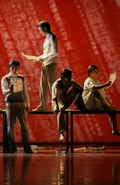 Repertoire
Repertoire
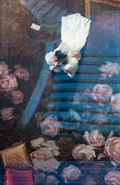 Films
Films
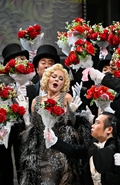 Videos
Videos
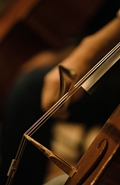 Podcast
Podcast
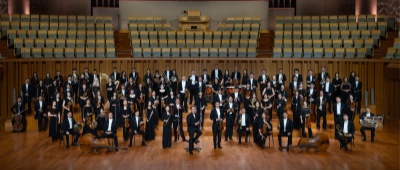 China NCPA Orchestra
China NCPA Orchestra
 China NCPA Chorus
China NCPA Chorus
 NCPA Resident Singers
NCPA Resident Singers
 NCPA Drama Ensemble
NCPA Drama Ensemble
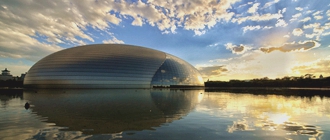 Buildings
Exhibitions
Buildings
Exhibitions
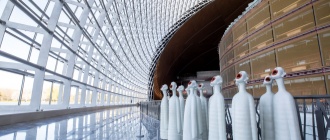 Opening Hours
Services
Opening Hours
Services
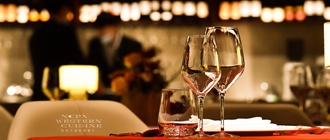 Western Cuisine
NCPA Café
Arts Gifts
Western Cuisine
NCPA Café
Arts Gifts








